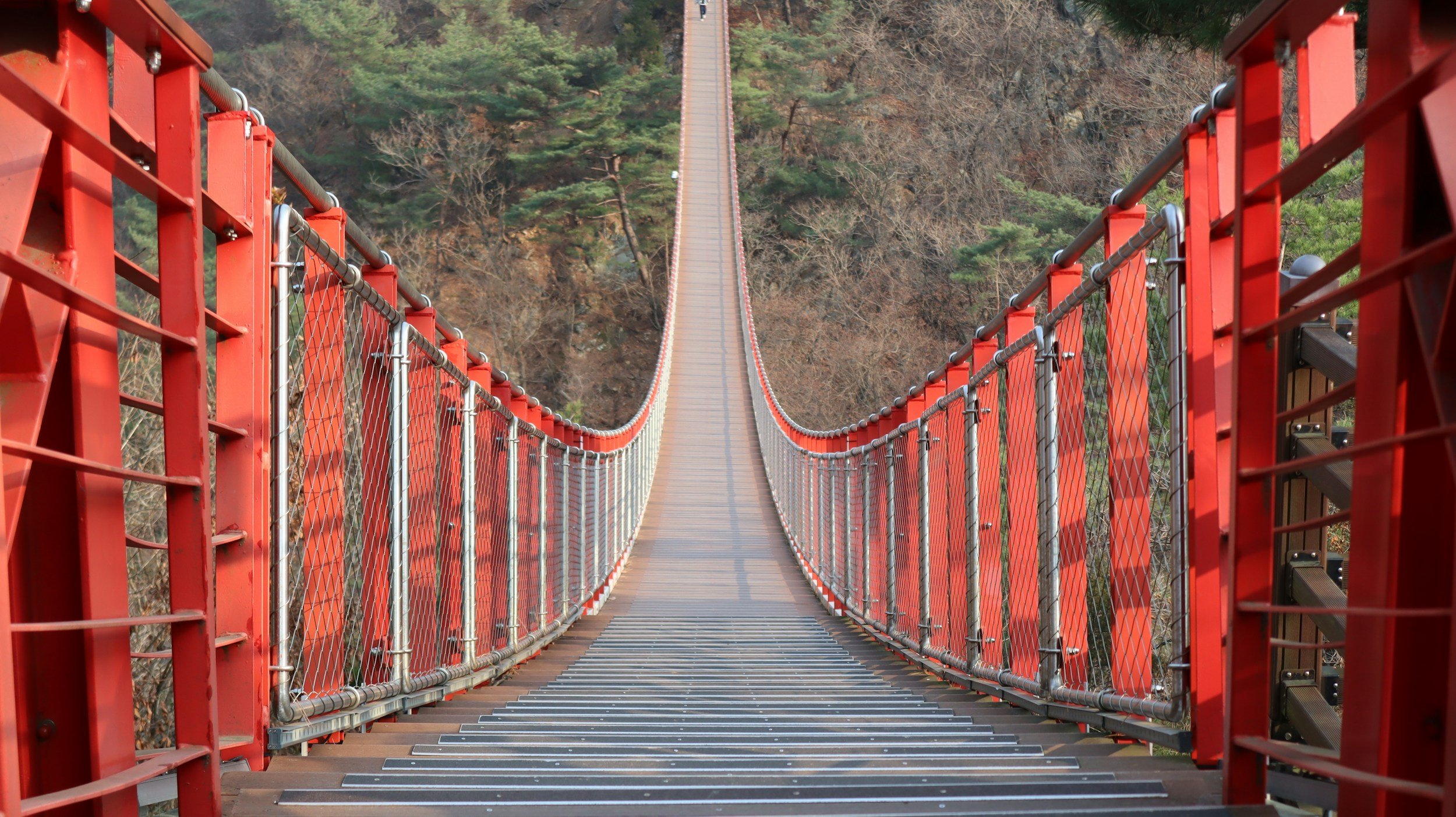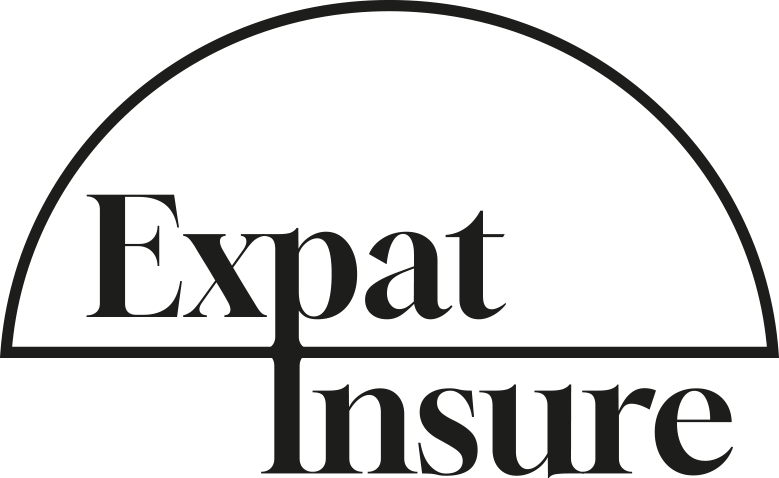
Country Guide for South Korea
ExpatInsure has teamed up with specialists from around the world to provide you with information on what you need to thrive in your new Expat location. Keep visiting these guides as they get updated on a regular basis.
Country Facts for South Korea
South Korea, officially the Republic of Korea (ROK), is a dynamic nation located in East Asia on the southern half of the Korean Peninsula. It shares a border with North Korea to the north and is surrounded by the Sea of Japan to the east, the Yellow Sea to the west, and the Korea Strait to the south. The capital, Seoul, is a bustling metropolis and one of the world's largest cities.
Historically, South Korea has a rich cultural heritage rooted in ancient kingdoms like Goguryeo, Baekje, and Silla. The Joseon Dynasty (1392-1897) greatly influenced Korean culture, including the development of Hangul, the Korean alphabet. In the 20th century, Korea was divided into North and South Korea after Japanese occupation and the Korean War, leading to the current geopolitical tension on the peninsula.
Economically, South Korea is a global powerhouse, known for its rapid transformation from a war-torn nation in the 1950s to one of the world's largest economies. The country is home to leading conglomerates like Samsung, Hyundai, and LG.
Culturally, South Korea has gained global recognition through K-pop, K-drama, and its cuisine, with dishes like kimchi and bibimbap gaining international popularity. The country is also a popular tourist destination, known for its blend of modern attractions and historical sites, such as Seoul's palaces and Jeju Island's natural beauty.
-
Population and Demographics
Population: Mexico is one of the most populous countries in the world, with a population exceeding 126 million people. A significant portion of the population resides in urban centers, with the largest cities being Mexico City, Guadalajara, and Monterrey.
Capital City: Mexico City, the capital, stands as a vibrant metropolis rich in history and culture, known for its historic center, the Zócalo, and numerous world-class museums and architectural sites.
Geography
Total Area: Mexico covers a total area of approximately 1,964,375 square kilometers (758,449 square miles), making it the 14th largest country in the world by land area.
How to Get to South Korea
Traveling to South Korea is relatively straightforward, with various options depending on your starting point. The most common way to reach South Korea is by air, as the country is well-connected to the rest of the world through several major international airports.
By Air
Incheon International Airport (ICN), located near Seoul, is the main gateway to South Korea and one of the busiest and most well-connected airports globally. Most international flights, including those from the United States, Europe, and other parts of Asia, land here.
Gimpo International Airport (GMP) also serves international flights, primarily to and from nearby countries like Japan and China.
For those traveling to the southern part of the country, Gimhae International Airport (PUS) in Busan and Jeju International Airport (CJU) on Jeju Island are key entry points, with direct international flights from several Asian countries.
By Sea
If you are traveling from nearby countries like Japan or China, you can also reach South Korea by ferry. Several ports, including those in Busan and Incheon, have regular ferry services to and from cities like Fukuoka in Japan and Qingdao in China.
By Land
The only way is through North Korea - Good luck!
-
Mexico also has an extensive coastline along the Pacific Ocean and the Gulf of Mexico, making it a prominent maritime destination.
The country welcomes numerous visitors annually via cruise liners and private yachts, particularly to ports like Cozumel, Puerto Vallarta, and Cabo San Lucas. These ports are equipped with modern facilities to accommodate the influx of maritime travelers, making sea travel a popular choice for tourists and expatriates alike.
Financial Services in South Korea
South Korea boasts a highly developed financial services sector, integral to its robust economy. The country’s financial landscape is characterized by a strong banking system, advanced insurance services, and a burgeoning fintech industry. South Korea’s major banks, such as KB Kookmin Bank, Shinhan Bank, and Woori Bank, offer a wide range of services, including savings accounts, loans, mortgages, and investment products. Additionally, the stock market, led by the Korea Exchange (KRX), plays a crucial role in the economy, offering various financial instruments like stocks, bonds, and derivatives.
Healthcare insurance in South Korea is comprehensive and mandatory. The country operates a universal healthcare system, primarily funded through the National Health Insurance Service (NHIS). Click here to read the guide for foreign residents. All residents, including foreigners, are required to enroll in the NHIS, which provides coverage for a wide range of medical services, including hospital visits, prescription medications, and preventive care. Employers typically contribute a portion of the insurance premiums, with employees paying the remainder through payroll deductions.
Private health insurance is also available in South Korea, offering additional coverage for services not fully covered by the NHIS, such as dental care, advanced treatments, and private hospital rooms. This dual system ensures that residents have access to quality healthcare while offering options for more extensive coverage.
-
Opening a Bank Account
For expats in Mexico, opening a bank account is a crucial first step to settling in, facilitating daily financial management, receiving paychecks, and handling bill payments. Mexico hosts a variety of banking institutions, ranging from large banks to online banking services.
Understanding the Mexican Tax System
Mexico has a comprehensive tax system that includes income tax, value-added tax (VAT), and other local taxes. Income tax rates in Mexico are progressive, meaning they increase with higher income levels.
It's important for expats to understand their tax obligations, including filing requirements and potential deductions. Understanding these aspects will help ensure compliance and optimize your financial situation while living in Mexico.
Housing in South Korea
Housing for expats in South Korea is diverse and caters to various needs and budgets. Most expats in South Korea opt to live in apartments, which range from small studios (known as "officetels") to larger multi-bedroom units. These are often located in high-rise buildings, especially in cities like Seoul, Busan, and Incheon. Great site to start looking is Stayes.com
Renting in South Korea typically involves a substantial key money deposit, which can range from a few thousand to tens of thousands of dollars. Monthly rent varies widely based on location, size, and amenities. Popular areas for expats include neighborhoods like Busan, Jeju City, Daegu, Incheon and Itaewon and Honda in Seoul known for their accessibility, international communities, and proximity to amenities.
Some employers provide housing or a housing allowance as part of the employment package, which can significantly ease the financial burden of securing accommodation in South Korea.
-
Mexico's affordable living costs and rich cultural tapestry provide expatriates with numerous opportunities to find a comfortable and enriching place to call home, whether in a vibrant urban setting or a tranquil coastal retreat.
Researching Locations:
The property market in Mexico is dynamic and varied, offering opportunities for both renters and buyers. Urban areas like Mexico City and Monterrey provide a wide range of rental and purchase options, from luxury apartments to more affordable housing. Coastal regions and popular tourist destinations, such as the Riviera Maya and Puerto Vallarta, often have higher property prices, especially for beachfront properties.
Understanding regional market trends, working with reputable real estate agents, and conducting thorough due diligence are crucial steps for expatriates looking to navigate the Mexican property market successfully.
Education in South Korea
Education for expats in South Korea offers various options, primarily centered around international schools. These Seoul schools are popular among expatriate families, providing curricula from the United States, the United Kingdom, or the International Baccalaureate (IB) program. English is the primary language of instruction, making the transition smoother for non-Korean-speaking students.
International schools are mainly concentrated in cities like Seoul, Busan, and Incheon, with well-known institutions such as Seoul Foreign School, Dulwich College Seoul, and Korea International School. These schools offer a high standard of education, with modern facilities and a wide range of extracurricular activities.
Public schools in South Korea are another option, although the language barrier can be challenging, as instruction is primarily in Korean. Some expat families choose this route to immerse their children in the local culture and language, often supplemented by private tutoring.
-
Understanding the Schooling System in Mexico
Public Schools: Public education in Mexico is free and funded by the government, making it an attractive option for expat families seeking cost-effective education. While parents might encounter additional expenses for school supplies, uniforms, extracurricular activities, or optional school trips, these costs are generally minimal.
Public schools provide a valuable opportunity for cultural immersion, helping expat children integrate into the Mexican community and acquire Spanish language skills.
International Schools: International schools in Mexico generally have higher fees, ranging from approximately $5,000 to more than $20,000 USD annually.
These schools offer international curricula, including the International Baccalaureate (IB), British, American, or other recognized educational programs.
Visas in South Korea
All links here, are to government websites only.
Visas for expats in South Korea vary depending on the purpose of stay, such as work, study, or family reunification. The most common visa for foreign workers is the E-2 visa, designated for English teachers, while the E-7 visa covers professionals in various fields like engineering, IT, and business.
For those coming to South Korea for business purposes, the D-8 visa is suitable for investors or employees of multinational corporations. Students typically apply for the D-2 visa, which is required for attending universities in South Korea.
Spouses and dependents of expats may qualify for the F-3 visa, allowing them to reside in the country but not work without additional permits. The visa application process generally requires sponsorship from an employer, institution, or family member in South Korea, along with relevant documents like contracts, educational certificates, and proof of funds. Extensions and changes of status can be processed within the country.
-
Visa Application Process
The process of obtaining a Mexican visa involves several steps, each important to ensure legal entry and residence in the country. Be sure to start your application well in advance of your intended travel date.
Different Types of Visas in Mexico
There are a several visas available for those planning on living in Mexico.
The Permanent Resident Visa or Temporary Resident Visa are the most common among expatriates as they facilitate living in Mexico on a long-term basis.
Staying informed about regulatory updates and seeking professional help when necessary can further streamline the process.

